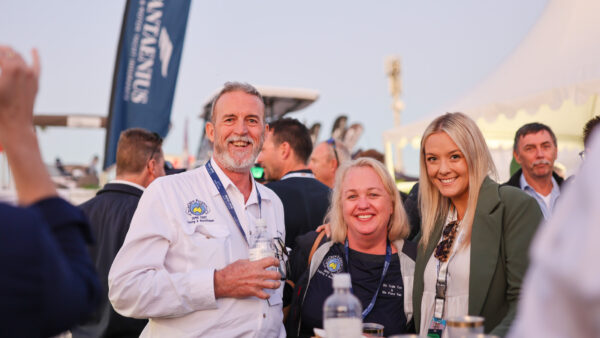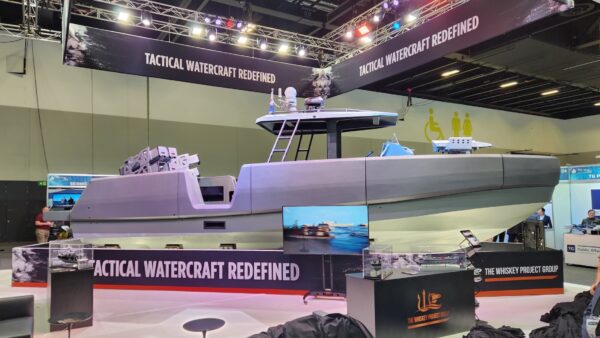With the announcement of DCNS as the preferred supplier of the future submarine design, we now have a significant realisation of the recently released Defence White Paper.
As the culmination of 13 years’ work since the delivery of the last Collins Class submarine, the 2016 Defence White Paper will be remembered as the first step into creating the future of not only this submarine program, but for naval design, manufacturing and sustainment activities in Australia for many years to come. This commitment opens opportunities to innovate with stakeholders from industry, government and the university research sectors.
Submarines are extremely complex to design, engineer and build, as evidenced by the 1600 subcontractors required to achieve the task. By comparison, it takes 550 suppliers to build a Boeing 777 and 600 to build a frigate (Source: ASC website).
In a submarine, even the simple tasks become complex. For example, if a weight is in the wrong position in a surface ship it trims slightly to account for it, but it still goes the direction intended. If a weight in a submarine is out of position, the boat trims and then starts heading deeper or shallower. Due to being fully submerged in the ocean environment, virtually every element of a submarine demands a similarly increased level of accuracy and complexity.
Submarines are the stealthiest of machines as their operating environment, the ocean, has an unparalleled ability to hide a multitude of mysteries. The combination of stealth and complexity means these machines are one of the single most valued items to a sovereign nation’s line of defence.
It is also this complexity that demands the highest levels of experience and innovation to achieve the goals set out for them. These goals are wrapped around the need to continuously operate in the harshest of environments.
The Australian Research Council’s Research Training Centre (RTC) for Naval Design and Manufacturing aims to connect researchers based in universities, government and industry with students across the maritime space.
With the complexity and value placed on the submarine program, over 70% of the researchers within the RTC are directly connected to future developments related to the submarine program. Study areas focused on batteries, inspection robots, welding, hydrodynamic and shock loading all have direct application to the design, manufacture and sustainment of these complex vessels.
The precise integration of the results of these research projects to the final designs is not finalised at this stage; this is the nature of research. However, the real bang for buck comes with capacity building. The researchers driving these projects will be able to transition from industry, to government, to university, whilst scoring highly for each stakeholder.
Within the university sector, we haven’t seen the details of the DCNS designs to the level that is required to see how our research will support the program – this will come in the next few years of development, implementation and maintenance. But the exciting part is that we have the commitment, infrastructure, people and training to make sure that Australia makes the most of these opportunities now and well in to the future.
Authors: Associate Professor Jonathan Binns, University of Tasmania’s Australian Maritime College; Dr Stephen van Duin, University of Wollongong; Associate Professor Karl Sammut, Flinders University.
The $3.8 million Research Training Centre for Naval Design and Manufacturing was established to develop advanced techniques to effectively design, construct and sustain a new fleet of naval vessels in support of the Federal Government’s naval shipbuilding program. It is a partnership between academia, industry and government administered under the Australian Research Council’s Industrial Transformation Training Centres scheme.
SOURCE: Australian Maritime College



